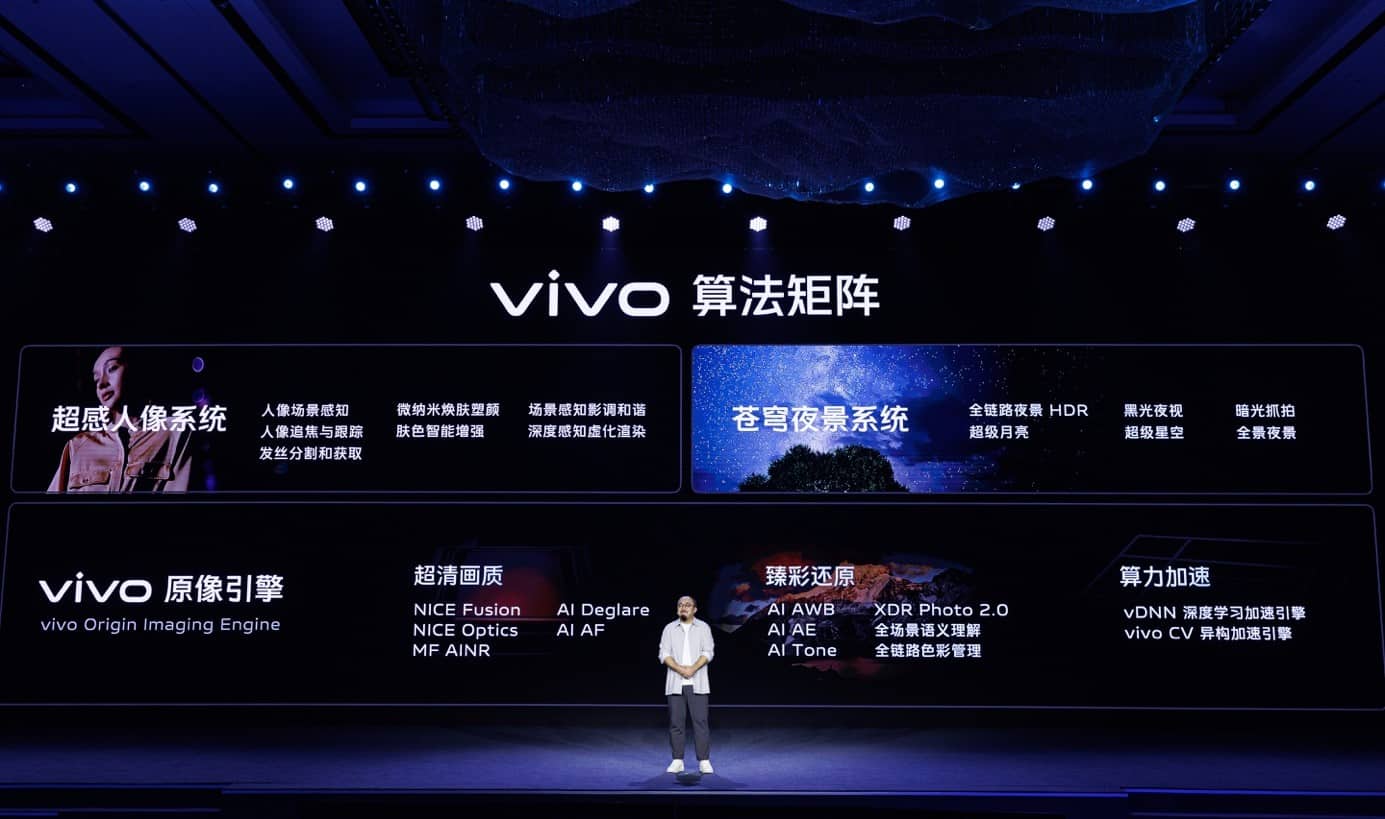[ad_1]
Following the recently-held Special Event of the 2023 vivo Imaging Conference that took place in Xining, China, smartphone manufacturer vivo revealed the V3 chip, which promises to bring mobile photography to the next level.
The customized V3 chip employs a cutting-edge 6nm process and adds the newly developed multi-concurrent AI-ISP architecture and next-generation Frame Into Tunneling (FIT), which altogether brings a superior user experience.
That is, with capabilities such as 4K cinema-esque bokeh, cinema-esque skin optimization, automatic subject focus detection and switching, and cinematic color processing. The feat marks vivo in history as the first-ever phone maker to bring 4K cinema-quality portrait video with post-processing capabilities.
Aside from the remarkable hardware, vivo also unveiled a “composite algorithm matrix solution” or the vivo Origin Imaging Engine (VOIE), which improves overall image quality and computing capability through advancement in underlying algorithmic capabilities for three sub-modules—Ultra HD Engine, Color Restoration Engine, and Accelerated Computing Engine.

Learning from users’ experiences concerning photography habits, vivo also developed the Vast-Sky Night System and Hyper-Sense Portrait System that captures the best quality images based on night scenes and usual portrait user scenarios.
Joining vivo in the event is also its reliable partner in the business ZEISS which helped announced a periscope lens, based on the “Vario-Apo-Sonnar” guidelines. Said to be at the caliber of bringing top industry-standard control of chromatic aberration, the APO debuts on mobile for high-performance zoom quality.
Aside from ZEISS, vivo also brought in the other big guys of the industry when it brought to attention its partnership with MediaTek for its X80 series. Likewise, the Chinese company also announced its planned collaboration with Sony on the development of two significant technologies in the future—HDR and 2-layer pixel (stack pixel).
vivo’s planned team-ups does not just end there, however, as it also mentioned plans for expanded joint innovation research with various industry partners, including educational institutions known to be at the forefront of technological breakthroughs such as ETH Zurich and other universities.
[ad_2]
